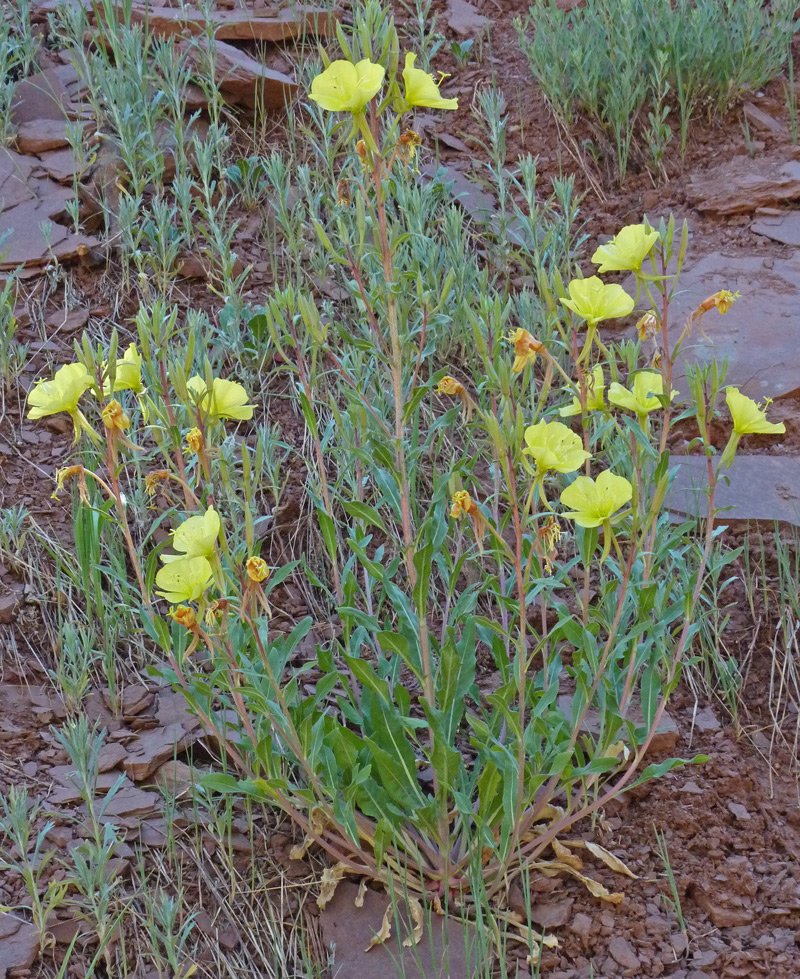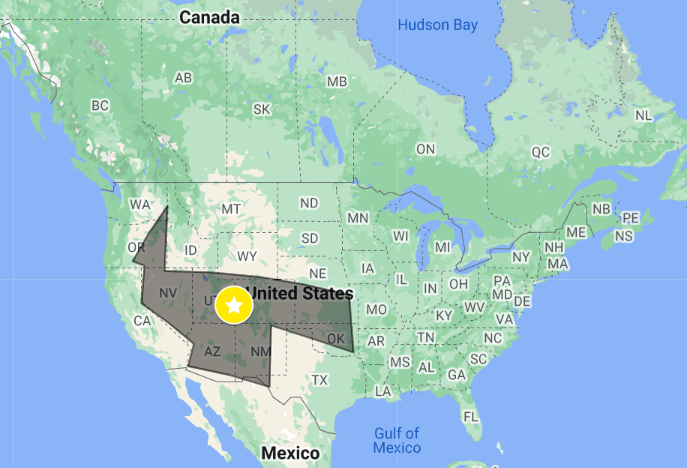A Cyclical Nature
Tall Evening Primrose (Oenothera elata)
As a little girl I would run through the forest, hiding in the branches of trees taller than any building I’d seen, looking for flowers: flowers so small I would almost step on them before I noticed they were there and flowers so big they’d draw my attention from fifty feet away; flowers that smell good, and flowers that don’t, bushes with lots of flowers and stems with only one. I was enchanted with the flowers I found, often picking them all out of the ground, my grimy little fingers eager to get my eyes closer and see if I could find something new. I loved them all.
With the blink of an eye, I flash to an early September morning twelve years later; I was walking with my eyes intensely fixed on the ground to make sure my slippers wouldn’t get caught in the cacti hidden among the cheatgrass and sagebrush, straining my eyes to try and find a cleared path as the sun crowns over the ridge of the canyon. As I walked from my sleeping pad to our kitchen, I strayed from the path and wove through patches of purple flowers, tall bushy plants, and short solar lights still on from the night before - and noticed a set of vibrant yellow flowers.
I was immediately transported from 270 Pope Lane back to the forest next to my childhood home. My body turned from its tired 19-year-old self, back to the eager seven-year-old I used to see when I looked in the mirror. In twelve years, I must’ve learned to resist my urges because instead of plucking the plant from the stalks that reach my chest, I leaned in to take a closer look at those familiar yellow flowers. I was astonished at what stared back at me: four heart-shaped petals, not a grain of pollen left in the dixie cup sitting delicately in the center of them. My heart skipped a couple beats as I was confident that I was standing, mouth-agape, in front of an Evening Primrose; I’m captivated by them... my mind floods with memories of sitting in a lawn chair at dusk staring at the plant.
Each year I would have to toggle my watch spot with the growth of the plants, from outside my bedroom window, to the front of my house, and every summer night, like clockwork, I would find myself outside waiting. Creating small data sheets of how many buds would metamorphose into flowers each evening from June to early September. My birthday, July 13, often ended up being one of the nights with the most blooms of the summer - sometimes almost two dozen flowers on one stalk. Early June and September were scarce, sometimes I’d sit there for almost an hour, waiting for the stalk of the plant to start shaking and cue me that they were about to begin the familiar dance I watched all summer. Those nights only a handful would dance.
Though their stems are tall and narrow, following a straight path through the world, the flowers are not. Each one willing to share their pollen with the hawkmoths, patiently waiting around the corner, and each one willing to receive pollen from the plant next door. The leaves along the stem range from the ground to the tip and are as short as my middle three fingers pressed together or as long as the length of my stretched hand, tip of my thumb to end of my pinky.
They are much more than just a plant to me. I feel connected to them; each time they bloom, a part of me expands. Evening Primroses are often overlooked, as they are a meter-tall bushy plant of plain green leaves in the mid-day and afternoon. But at night, if you take a moment to stop and pay attention, they share themselves with you. They teach you to keep questioning, never stop learning, looking, and growing; they are bold enough to live an un-average life cycle: each flower alive for less than half a human day, confident they can fulfill their duty in just twelve short hours. Each September their last flower will bloom and their stalks will die, and each June, like clockwork, they will return.
By Gwen Empie


